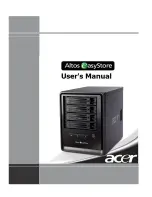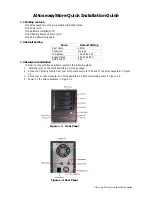
6 Configure the Operation Modes
The NetCom
+
can also operate as a network client as seen in TCP Raw Client mode. This is
enabled by setting
Client
to
On
. As a client it requires the same parameter as for the specialized
modes. When the
TCP Port(Control)
is defined (not zero), the NetCom
+
will operate as a client
for Driver Mode, as in Null Modem Tunnel. The destination is the target address or DNS name.
Otherwise the NetCom
+
operates in TCP Raw Client mode when it establishes a connection. The
syntax for multiple destinations applies then.
The remaining parameters are explained in the client mode descriptions.
The TCP Advanced Settings allow for flexible usage of the NetCom
+
, when
Server
and
Client
modes are
On
at the same time. If no connection is active with the NetCom
+
, it accepts incoming
connections, i.e. it operates as server as long as the connections are held. Without a connection
a Trigger event defined in
Connect
cause the NetCom
+
to establish a connection to the defined
target. So the NetCom
+
is a client at that time.
6.2.2.2.6 UDP Data Transfer
UDP is an Internet Protocol, which does not define a connection,
it sends data in single packets instead of a stream. There is no extra return data to signal a
successful transmission. As a side effect data may be sent and received faster than with TCP/IP.
Mode
UDP Mode
UDP Port(Local)
[2002 ]
Destination
[
]
UDP Port(Dest)
[2002 ]
UDP MaxPacketSize
[1458 ]
UDP Timeout
[30
]
UDP Trigger
[
]
Figure 81: UDP Data Transfer
This protocol requires a
UDP Port(local)
for listening to incoming data. Other stations on the
network send their data to this port. The
Destination
host is configured by IP Address or name,
plus the target
UDP Port(Dest)
. Please compare with the parameters for TCP Raw Server and
Client Modes. The parameters to configure the UDP Mode are similar to a mixture of these modes.
A UDP Broadcast is sent, if the destination address is the broadcast Address, see section
6.2.1.2
above.
September 2016
NetCom Plus User Manual
83
















































